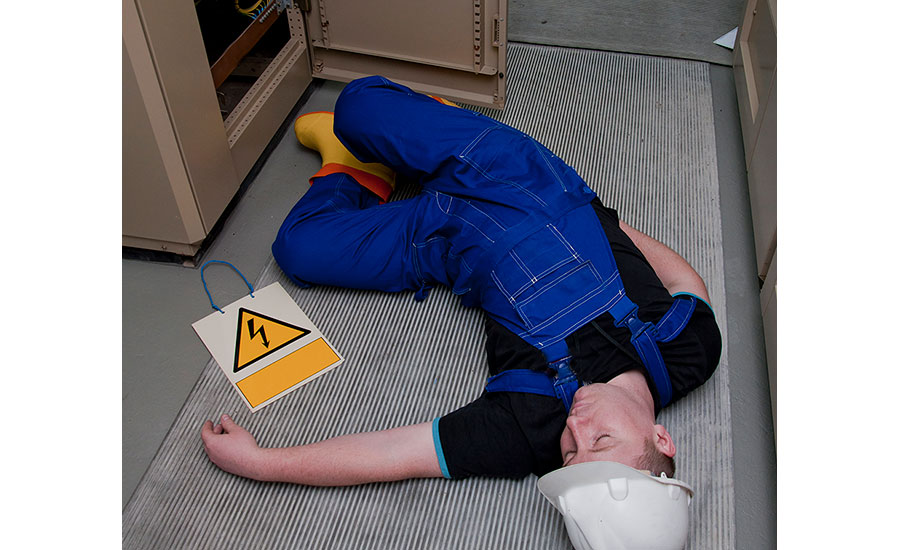IEEE, the Institute of Electrical and Electronics Engineers, recently produced a paper1 reviewing 100 years of research on shock and arc injuries. Going back, the first recognized hazard to workers was the shock hazard. In the 1990s the arc flash hazard became a worker protection issue. Both shock and arc flash hazards have been the focus of NFPA 70E and OSHA standards since the late 1970s.
A century of research shows many thousands of fatalities have occurred due to power frequency shock, according to the IEEE paper’s authors -- four from Los Alamos National Laboratory and one from the Department of Energy.
Confusing statistics
Less certain is the number of injuries from electrical burns. One reason is the many types of electrical energy burns: radiation burns, thermal burns, internal body burns due to shock currents, and body surface burns from hot gas and plasma, which can ignite clothing. Only radiation burns and gas/plasma burns are parts of arc flash injury. Adding to the confusion: “arc flash” can be used to describe other electrical burns.
Arc flash potential hazards are sometimes associated with any source of electrical energy that can make an arc, according to the paper. This has led to misleading statistics, such as there are hundreds of arc flash fatalities per year in the U.S.
The paper explains that there are two primary causes of serious injury and death from direct exposure to electrical energy. One are effects on the heart, brain and pulmonary system from currents flowing through the body – shock and burn injuries from electricity. Shock effect are usually life-threatening. If fatal, death usually occurs minutes to hours after the shock.
Burn injuries are divided into external to the body and internal sources. An arc flash results in an external thermal injury to the body surface. According to the paper, if death results, it usually occurs from one to many days after the incident.
Many electrocution and shock deaths are internal burns caused by current streaming through the body. Some arc flash injuries are thermal burns from close proximity of the hands to molten metal of an arc.
According to the paper, in a 34-year period OSHA’s accident data base records 4,255 fatal electric shock incidents, or an average of 125 per year. The 171 OSHA reports of fatalities in the categories of electric arc and burn resulted in a total of 179 fatalities (there were five reports of multiple fatalities). Thirty-five deaths were from shock burns and 120 were due to arc flash burns. Key indicators of arc flash burns are second and third degree burns over more than 40 percent of the body. A few arc flash victims with lesser burns died from complications due to the arc flash burns.
About 15 arc flash fatalities occurred in vaults or bucket trucks – confined spaces with limited escape and rescue routes. Nine arc flash fatalities directly resulted from test instrument failure. There is little to no evidence of arc flash fatalities from 120/240 volt single-phase or 120/208 volt three-phase systems.
- Gordon, Lloyd, Liechty, Jessie, Matintez, Tommy, Stromberg, Eric, and Williams, Jeff. “Electric Injuries and Fatalities: Facts, Myths and Unknowns. IEEEE. Paper No. ESW 32.




